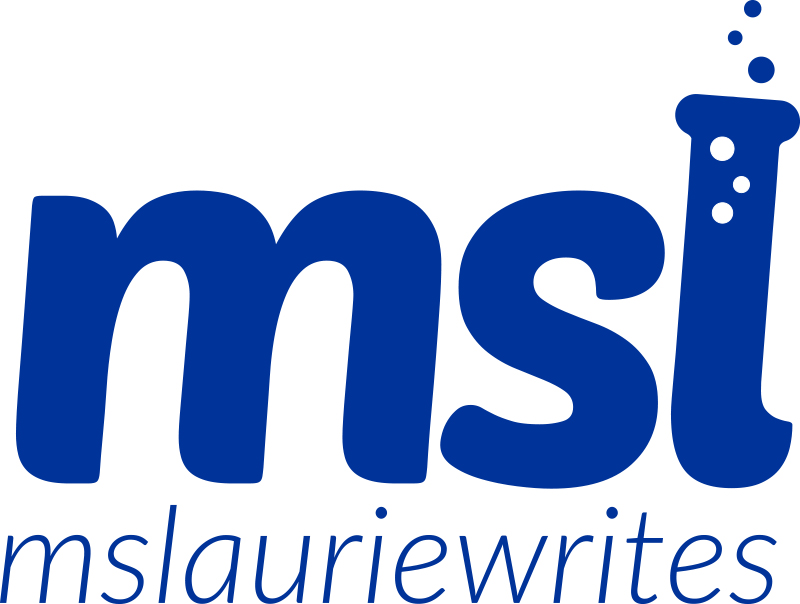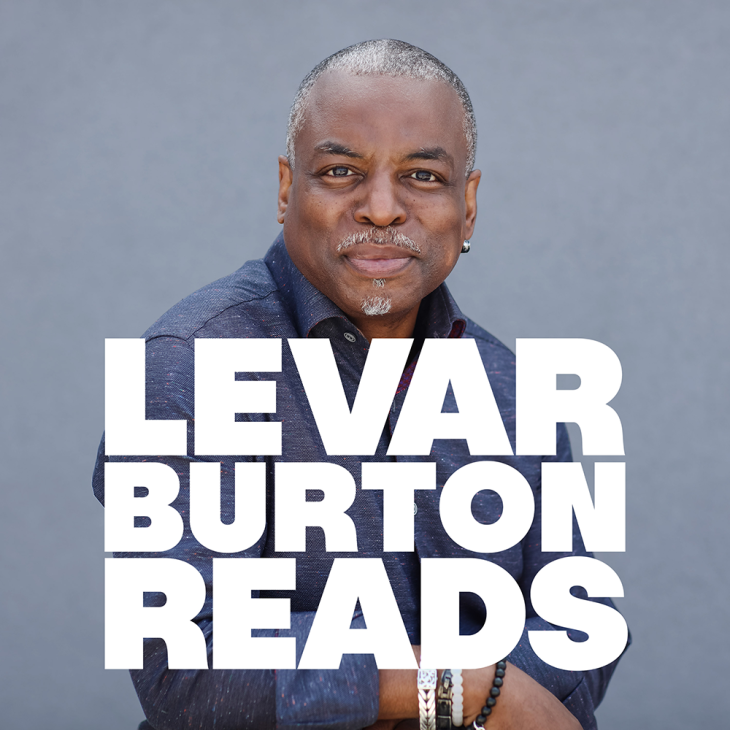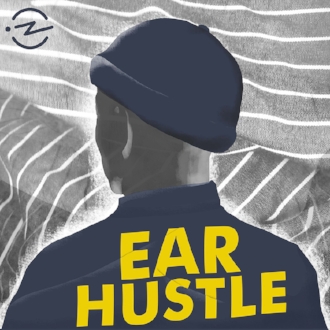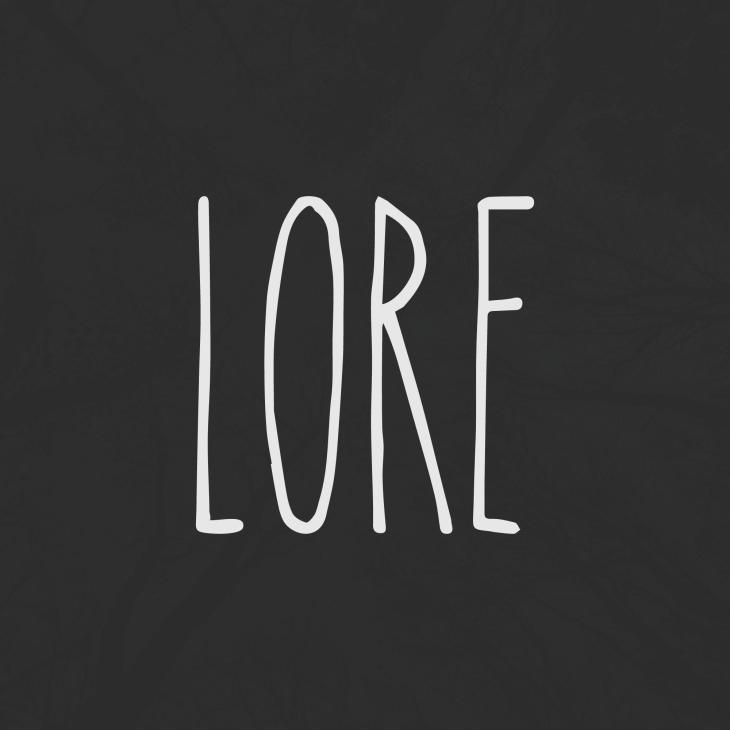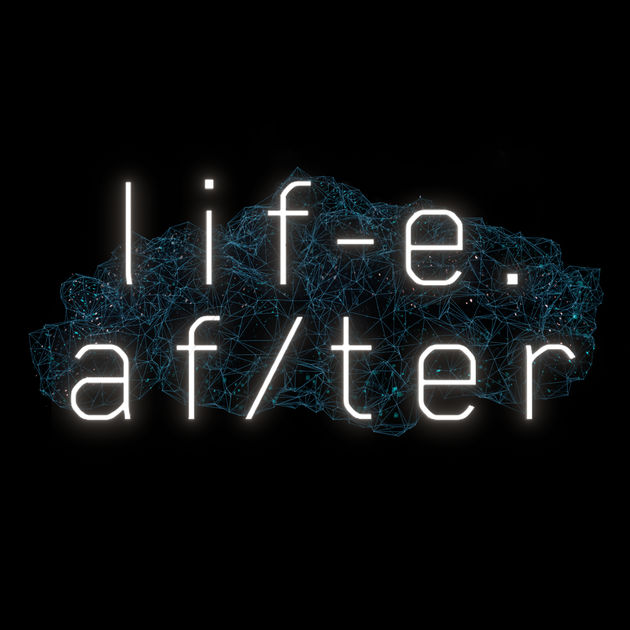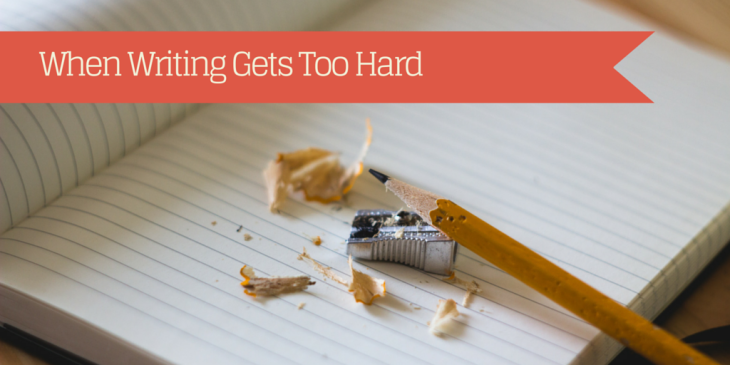My name is Laurie and I like figuring out how things work and explaining it in plain English. Check out my work on the left – and welcome!

COVID-19 Resources
I am a science writer. I work in biotech. I explain hard scientific concepts in plain English. I want to keep people safe. So, as the coronavirus pandemic grips the globe I’ve decided to do a series of Q&A videos on Facebook and Instagram to get good, clear, actionable information out there. My pages are hyperlinked above. Here’s the list of ongoing resources I’ve been referring to:
BEST OVERVIEW / SUMMARY:
- Science writer Ed Yong cuts through the noise to offer the best information about how we’ll get through this: (https://www.theatlantic.com/health/archive/2020/04/pandemic-summer-coronavirus-reopening-back-normal/609940/)
GENERAL CORONAVIRUS INFORMATION:
- Imperial College study used by world leaders to inform coronavirus response (https://www.imperial.ac.uk/media/imperial-college/medicine/sph/ide/gida-fellowships/Imperial-College-COVID19-NPI-modelling-16-03-2020.pdf)
- Q&A video from Weill Cornell Dr. David Price on protecting your family from coronavirus (https://vimeo.com/399733860)
- Q&A video from Healthcare Triage: 4/1/20 (https://www.youtube.com/watch?v=s-UgauaPkLk&feature=youtu.be)
- Q&A video from Healthcare Triage: 4/8/20 (https://www.youtube.com/watch?v=JKeSTx6Uh9o&feature=youtu.be)
- Why – and how – soap kills coronavirus: (https://www.youtube.com/watch?v=-LKVUarhtvE)
- New England Journal of Medicine study explaining how long coronavirus survives on surfaces (https://www.nejm.org/doi/10.1056/NEJMc2004973
- Video from ASAP Science on what actually happens if you get coronavirus: (https://www.youtube.com/watch?v=OTYfke545vI&feature=youtu.be)V
- Video from epidemiologist Dr. Seema Yasmin on how to prepare for a pandemic: (https://www.youtube.com/watch?v=pr1aXn8_F3I&feature=youtu.be)
WHEN WE CAN GET BACK TO NORMAL:
- American Enterprise Institute roadmap for safely reopening the U.S. : (https://www.aei.org/…/national-coronavirus-response-a…/)
- Healthcare Triage video detailing the American Enterprise Institute roadmap: (https://youtu.be/uaddOtHwnNE)
- University of Chicago study detailing # of lives saved from social distancing:(https://papers.ssrn.com/sol3/papers.cfm?abstract_id=3561244)Center for Infectious Disease Policy research on seasonality of coronavirus: (https://www.cidrap.umn.edu/…/experts-covid-19-pandemic…)
CLEANING / DISINFECTION INFORMATION:
- Article detailing how to use alcohol and bleach to disinfect from NIH: (https://www.ncbi.nlm.nih.gov/books/NBK214356/)
- EchoScience whiteboard video detailing how alcohol kills germs: (https://youtu.be/I7Pjd9J7Hrg)
FACE MASK INFORMATION:
- CDC guidelines for personal protective equipment, including face masks (“respirators”): (https://www.cdc.gov/…/2019…/hcp/respirator-use-faq.html)
-
Why the CDC switched its stance on wearing masks (including links to studies): (https://www.livescience.com/cdc-recommends-face-masks-coronavirus.html)
-
Stanford University study on reusing medical masks: (https://aim.stanford.edu/covid-19-evidence-service/)
-
NIH study on 5 different methods of disinfecting medical masks: (https://www.ncbi.nlm.nih.gov/pmc/articles/PMC2781738/)
-
Cleaning a charcoal filter mask: (https://respromasks.com/2014/11/26/respro-masks-faq-can-i-wash-the-filter/)
TESTING INFORMATION:
- Why at-home testing kits won’t be available to customers anytime soon: (https://abc7ny.com/why-at-home-coronavirus-test-kits-arent-in-the-hands-of-consumers/6057862/)
- Testing and treatment timeline: (https://synbiobeta.com/covid19/)
- CDC Clinical Trials Directory: (https://clinicaltrials.gov/ct2/results?cond=COVID-19)
VACCINE INFORMATION:
-
Vaccine timelines explained: (https://www.latimes.com/science/story/2020-03-12/why-does-it-take-so-long-to-make-a-coronavirus-vaccine)
-
YouTube video from Journal of the American Medical Association describing potential vaccines: (https://www.youtube.com/watch?v=_Ufs5jqWEb0
- Two major vaccine candidates: (https://www.the-scientist.com/news-opinion/us-selects-two-covid-19-vaccine-candidates-for-huge-investments–67367)
- An interview with one person participating in a vaccine trial: (https://open.spotify.com/episode/0ZjmQUG3w1Ee8klAOdWSTp)
GOOD NEWS IN THE BIOTECH WORLD:
-
Bio.org roundup of how the biggest pharma and biotech companies in the space are responding to the COVID-19 pandemic: (https://www.bio.org/policy/human-health/vaccines-biodefense/coronavirus)
-
Biospace write up on how big pharma companies responded in early March: (https://www.biospace.com/article/biogen-s-coronavirus-exposure-underlines-ease-of-transmission-and-biopharma-risks/)
-
Antibody responses to SARS-CoV-2 in patients of novel coronavirus disease 2019: (https://www.medrxiv.org/content/10.1101/2020.03.18.20038059v1)
-
SARS-CoV-2 specific antibody responses in COVID-19 patients: (https://www.medrxiv.org/content/10.1101/2020.03.18.20038059v1)
-
Formlabs 3D printed COVID-19 test swabs: (https://formlabs.com/covid-19-response/covid-test-swabs/)
-
Medtronic 3D printed PB560 ventilator files: (https://www.medtronic.com/us-en/e/open-files/thank-you.html)
-
Yale roundup on pharma industry’s response to COVID-19: (https://insights.som.yale.edu/insights/how-is-the-pharmaceutical-industry-responding-to-covid-19)
-
Joan Leson tweet from Barcelona showing his diagnostic testing system using the Opentrons OT-2 liquid handling robot: (https://twitter.com/JoanLesan/status/1249223191391801346)
- Indie Lab Twitter: (https://twitter.com/indielabrva)
-
Opentrons Twitter: (https://twitter.com/opentrons)
-
The Bumbling Biochemist: (https://www.thebumblingbiochemist.com) (@thebumblingbiochemist)
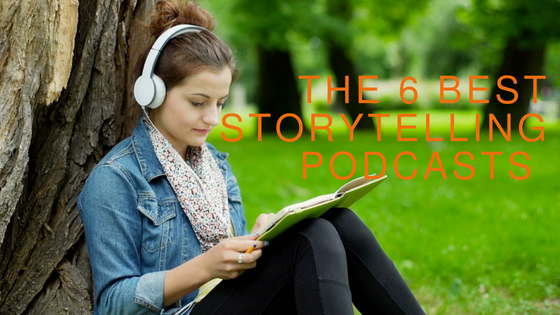
The 6 Best Storytelling Podcasts
I’ve been quiet lately, I know. In truth, I’ve been burnt out on fun writing like these posts because I switched jobs. I went from full-time freelancing to full-time working for someone else that wasn’t always a good fit. That’s a lie: it was a HORRIBLE fit. For a very long time. The only reason I stuck it out was because I didn’t want a small stay on my resume to make me look like a failure… and because the increased, steady income made it much easier for me to plan for an upcoming wedding and house down payment (hello, life! Thanks for sneaking up on me all at once!).
So. My enthusiasm for fun writing died.
Until I found something that brought it back: podcasts.
Podcasts are the media format du jour. They’re fantastic for news or industry insights or personal development or comedy or ranking the best episodes of “Jem” — anything you want. They’re stellar for storytelling, too, since the audio-only format is basically a technologically advanced version of old radio plays.
Here are the 6 best storytelling podcasts I’ve found on the internet:
Snap Judgment
“Risk” and “The Moth” are renowned for getting real people to share real stories. If you want a more curated, thematic experience plus dope beats, check out WNYC’s “Snap Judgment.” Hosted by Glynn Washington, “Snap Judgement” posts one 30-minute episode a week with stories organized around a theme — “Shrapnel” to discuss war stories, “Talk of the Town” to discuss infamy, “Subterfuge” to discuss a bar that was really a shakedown for the Chicago PD, and those are just from this past month. The stories have an investigative journalism feel, with the producer chiming in to ask the storyteller clarifying questions, but don’t let that fool you: the storyteller is the focus of their own story and they tell all of it in their own words. And did I mention the dope beats? Check it out.
SAMPLE EPISODE: “Warrior Box”
Bonus: “Snap Judgement” runs a special series called “Spooked” leading up to Halloween. These stories are not only equally well-curated and produced; they’re also drawn from real-life, making them extra spooky. “Spooked” is some of the best horror storytelling I’ve ever heard. Here’s my favorite:
SAMPLE EPISODE: “The Boy Named Thomas”
LeVar Burton Reads
As both Jordi LaForge and the man from Reading Rainbow, LeVar Burton was a pivotal part of my childhood. He helped nurture my love of story, and he’s doing the same now with his new podcast. Produced by Stitcher, “LeVar Burton Reads” is a 30-60 minute weekly podcast where LeVar reads a piece of short fiction he happens to love, backed by top musicians and stellar production. His interests are sci-fi, speculative fiction, fantasy and almost everything else (including westerns!). He also has a penchant for showcasing work by people of color, and I am glad he’s getting their voices out there. These are some of the best stories I’ve ever heard, and having a bookworm like LeVar hunt them down and present them every Tuesday is a treat. But, as the man himself would say, “You don’t have to take my word for it.”
SAMPLE EPISODE: “The Baboon War,” by Nnedi Okorafur
Ear Hustle
Ever wondered what life inside prison is really like? “Ear Hustle” has your back. A weekly 30-minute podcast featuring stories from prisoners in San Quentin State Prison in California, “Ear Hustle” tells you everything you never knew you wanted to know about life in prison — getting a cellmate, raising families, making friends, and even what life is like for gay and transgender inmates. And behind it all, from the co-host to the production team to the storytellers and the dope beats, are the men of San Quentin speaking from their own experiences. As co-host and visual artist Nigel Poor says, “We don’t do stories about people’s crimes. We don’t do stories about how unfair the system is. We do stories about the day to day lived experiences of the prison community.” And that’s what makes them so powerful.
SAMPLE EPISODE: CELLIES
Lore
American history is full of spooky shit, and the stuff that makes up our folklore is some of the strangest of that spooky. “Lore” presents it all to you in a morbid, compelling and exquisitely produced biweekly 30-minute podcast. Hosted by author Aaron Mahnke, “Lore” delves into topics as diverse as the first American vampire, the Amityville Horror house, elves, haunted dolls, ghost ships, Typhoid Mary and pretty much every other oddity you can imagine. And, because Mahnke is a writer, his ability to combine extensive research with narrative, tone, mood and sound produces one of the most consistently creepy things I’ve ever heard. “Lore” is the most thematically dense audio experience I’ve ever had. Except for the next entry…
SAMPLE EPISODE: CROSSING THE LINE
Life / After
What would you do if your dead wife reached out to you on Facebook? Panoply and General Electric’s “Life/After” podcast covers exactly that premise, painting a picture of the not-too distant future where dead people’s social media accounts aren’t deactivated but embellished by a rogue artificial intelligence, and… well, where it goes after that I won’t dare spoil. The best part? The technology is all based on GE’s current research, meaning this reality really COULD be life in the near future. You won’t find a better sci-fi story on the internet than “Life / After” —and I write sci-fi for the internet.
SAMPLE EPISODE: EPISODE 1
Wolverine: the Long Night
Marvel hasn’t really gotten into the podcast game, but this first series co-produced by Stitcher is a fantastic start. Well-produced, well-acted and well-paced, “Wolverine: the Long Night” is theater for the ears. A serial crime thriller set in Alaska, the podcast sets everyone’s favorite X-Man in the middle of wilderness against a murder investigation, a creepy cult, and… you have to listen for yourself, bub.
SAMPLE EPISODE: TEASER TRAILER
BONUS: TANIS
I think the “Tanis” podcast is a cosmic horror story in the vein of “Welcome to Nightvale” but with a first-person investigative journalism bent. But it’s also trippy and eerie and non-linear, and… so weird, you guys. Weirder than “Welcome to Nightvale,” which is saying something. But it is well-crafted and well worth listening to. The only reason it’s a bonus is because I am woefully far behind—and this is a show you need to listen to chronologically.
SAMPLE EPISODE: Episode 101
What are your favorite storytelling podcasts? Let me know in the comments!
When Writing Gets Too Hard
I’m not sure if I want to write anymore. I feel trapped by it. Chained to the same desk and the same screen, day in and day out, grinding out words. Desperately trying not to bounce off the walls after sitting on my ass for 10 to 12 to Lord-knows-because-I’m-on-deadline hours. Bristling when I have to go out in public and be around people because I’m forgetting how to people.
I want it to stop.
As a professional writer, I’m not supposed to say that. As a creative, I’m really not supposed to say that. But I am. I’m gleefully mashing it out on my keyboard as I wait for my pasta to cook.
Writing is a perverse thing. It’s something everyone thinks they can do until they convince themselves that they can’t. A few people convince themselves to stick to it, mostly because they feel compelled to do it. They need it, for one reason or another. The words won’t stop. So, for those few who continue writing, they have to fight for it. Because it is hard and isolating and painful. Writers have to find ways to love writing through all of the struggle it throws at them.
Those ideas aren’t revolutionary. I’m certainly not breaking new ground by putting them in a blog. What I am doing, trying, is being honest about my journey as a professional writer. I started this blog because I wanted an outlet for ideas I couldn’t put anywhere else. That let me pull back the curtain on the realities of being a working writer and creative. Right now, I am having a very hard time writing. I don’t want to write anymore. I wake up later than I should, I put off writing for longer than I should, and I write later into the night than I should. Because the act of sitting in a chair and doing the thing that I love — that I cannot stop doing because the words will not stop — is too hard, too terrifying, too big for me to keep doing. It is eating me alive. I want the world to stop for a minute so I can catch a breath. I want the need for the writing to stop. I want to be free of my brain.
But I can’t. And it won’t. Because that’s the way it is.
I am far from the only writer who’s had this struggle. I’m far from the only writer who ever will. I want to acknowledge it because it’s part of the final product. It’s part of the machinery, grinding away in the background while thoughts become words and story.
And now, as I sit here with my pasta drained and congealing, I realize I am happy to spend the rest of my life like this. Arguing and wrestling with the words on a page like an old married couple. Forgetting that I’ve plated my dinner and have not eaten for 8 hours and just came back from a workout and SHOULD BE EATING FOOD RIGHT NOW. But no. I’m writing. Because why the hell not? The words are coming. This is easy.
This is what I’m supposed to do.
Writing: I hate you. And I need you. And you know that.
I love you.
And now my pasta’s cold.
How to Keep Writing When Your Hero Dies
I wanted to write about the cat. About how she’s gone back home to her parents, how she’d freak out about all the snow, how she purred like an asthmatic motor. She was my shadow, my writing buddy, and she helped me be more productive.
Then my hero died.

This is David Bowie. I’ve been fascinated by him since I was 8. Obsessed since I was 12. I bought all of his albums. Read every book about him I could get my hands on. Studied in London to understand how his hometown inspired him. Kept a running list of things that made him awesome – such as:
- Giving Peter Frampton a gig when he needed it – and helping him establish himself as a musician rather than a washed-up teen idol
- Privately supporting godson Rolan Bolan for 18 years because his money was tied up in his dad’s estate
- Giving Luther Vandross and Stevie Ray Vaughn breakout gigs
- Inventing adorkable
- Avoiding his brother’s funeral to keep it from becoming a media spectacle
- This headshot:
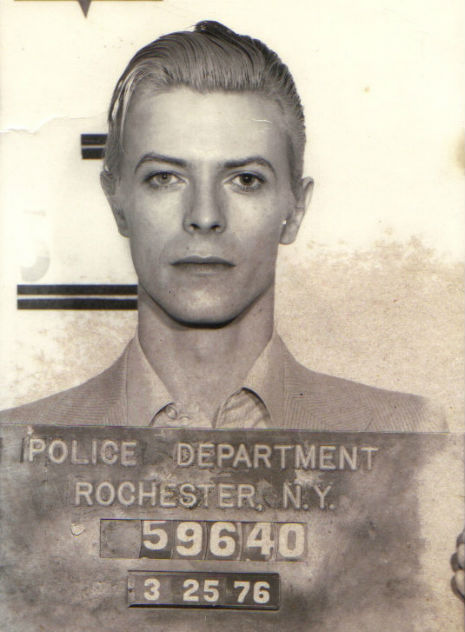
He was arrested for pot possession – while coked out of his mind. Also HOW DOES HE LOOK THIS GOOD??! CREDIT: Open Culture
I’ve devoted 20 years of my life to studying and admiring this man. For being brave. For being honest. For being artistic. For being beautiful and strange and otherworldly. For having more talent and charisma than humanly possible. For being a good man. He was my first love. My inspiration. And now I have to live in a world without him.
I don’t know how to write in that world.
As a professional writer, that’s embarrassing to admit. My job is to create engaging, quality content on deadline. As a science writer, my job is to explain research and discoveries in plain English. There is no room in either description to stop because a celebrity died. If it were Oliver Sacks or Carl Sagan, my grief might be more excusable. Understandable, even. But no. It’s Bowie – a man who wrote about space in terms of stars and starmen and space oddities and ashes and life on mars. I’m ashamed to be in this big a slump.
But I am.
I keep meeting my deadlines, of course, but my heart isn’t in it. My personal projects are stymied. Asphyxiating. Putting words to a page is harder for me than it’s ever been. I feel myself moving through denial, bargaining, anger, depression, and acceptance over his death. Sometimes I forget Bowie’s dead and I think the world’s paying tribute to him because he’s awesome (and just had a birthday). Sometimes I think he just went back home to whatever planet he came from. Sometimes it feels like he’s gone to a better place, where he belongs to all of us. Sometimes it feels like he’s been sucked into a black hole and its gravitational pull eradicates everything that he was. Sometimes it feels like part of me is missing and I don’t know how to fill the hole. All those feelings grab me, cajole me, scream at me, whimper. Force me through them over and over again in different cycles and frequencies. Distort my sense of time. It’s a monster. And it won’t leave me alone.
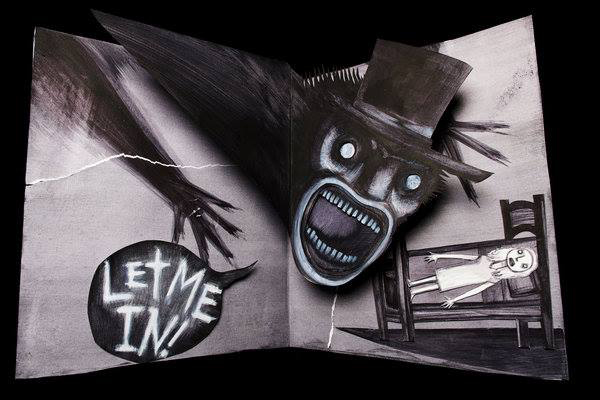
Like The Babadook. Which I did not need more nightmares of. CREDIT: ICON PRODUCTIONS
All I know to do is claw my way through it. Meet its screaming futility with blunt stubbornness. Sit at my keyboard and fill the blank screen one word at a time while I’m pulled down.
I don’t know how else to fight. I hope the monster will recede with my stubbornness… but then I remember: you can’t get rid of The Babadook. I may have to live with this thing screaming at me for the rest of my life. Forcing me to feed it. I hate that. I don’t want that. But it’s what I’ve got. And what I need to learn to fight.
What I find myself turning to in that fight is everything I have left of Bowie. It’s the same thing everyone else has: his work. It doesn’t feel like enough. Yet as I put his albums on repeat I hear Bowie’s soul. I watch his films and find his characters stained with him. He put himself into everything he did, even if it made no sense to do so (cough Labyrinth cough).
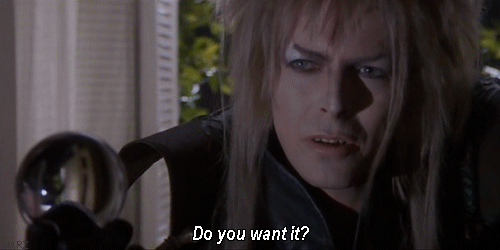
Nothing about this is appropriate for a children’s film. CREDIT: Lucasfilm, Ltd
No matter what he did, from glam rock to experimental to hard rock to pop to heavy metal to industrial to jungle to jazz, Bowie did it the way he wanted to. No more, no less. He even got to leave this world on his own terms, which is so rare and miraculous I can’t help but admire it.
Maybe that’s the takeaway. That’s the real legacy Bowie left me. Left us.
I need to leave my soul on the page.
The thought quiets the monster. I may be on the right track.
I don’t think I’m the only one who needs it, either. Fellow hero Neil Gaiman wrote a short story that mythologizes Bowie for no reason other than that he needed to.

Yoshitaka Amano’s artwork may fit that mold, too. CREDIT: Yoshitaka Amano
There won’t be another Bowie. I’m certain of that. And while I’m slowly fighting my way out of the darkness left in his wake, I cling to his memory. It is a struggle to write. To create in a world bereft of my guiding light. But, I cling. And I remember. And I try.
Besides, seeing the outpouring of grief from all corners of the globe, I can’t help but think that the rest of the world has figured out what I did when I was 12: David Bowie is awesome. He’s the hero everyone needs.
I certainly do.
9 Powerful Lessons (and Confessions) of a Science Blogger
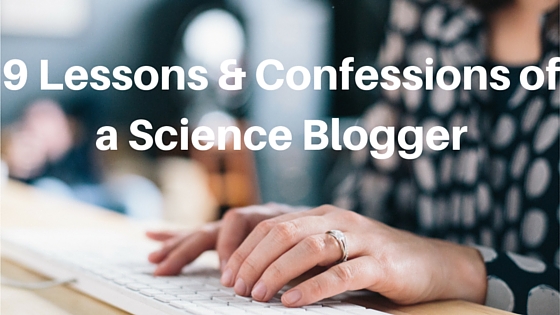
2015 was my first year as a professional science blogger. I’ve been writing for years in a slew of other fields, but this was the first year where I focused on building my brand as a niche blogger. I invested in my website. I revamped my corporate name. I had a new logo designed. I created business-only social media channels and promoted my work. In short, I treated myself like a professional business — and I learned a TON. Here are my 9 biggest lessons and confessions of the year:
1. Data Matters
Sound obvious? It wasn’t to me, not when I was starting out. I mean, I knew I was writing about quantifiable facts and I would need to source those facts. But what I didn’t know was how the process of finding those sources would change my approach to research. Before, I would cite a news report of a scientific discovery and call it a day; now, I cite the press release or paper written by the scientists. Call me naive, but if The Huffington Post or TIME shared the results of a scientific study or a chart, I assumed they drew the same conclusions as the study. Nope! Turns out studies are rarely that conclusive – and fewer still have media-friendly outcomes. So I became a stickler for primary sources and learned to read the data… and found even better stories in it. Booyah.
Added bonus: that data-centric approach also affected how I thought about EVERYTHING. I read a review about a blender I wanted to buy, and when I saw several users complain about its inaccuracy in crushing ice I immediately clicked over to the manufacturer’s page to scour the technical details about the motor. Analyzing data is helping me win at life!
LESSON: Review the data at its source. Let it drive your conclusions.
2. Scientists Quantify EVERYTHING
Scientists don’t speak the way you and I do. I don’t mean that as a pejorative, and I don’t mean because they use academic words; I mean that scientists regularly use words that you and I use in completely different ways. For example: what you and I consider a theory is a statement in need of proof, but a scientist considers a theory a certifiable fact because it’s already got lots of proof. Big difference. For another: you and I would consider Copernicus’ theory that the Earth revolved around the sun originating in 1532 when he wrote the manuscript, but a scientist would consider that theory originating in 1543 when he published it. Another big difference.
Scientific language is rife with all kinds of misnomers like these:
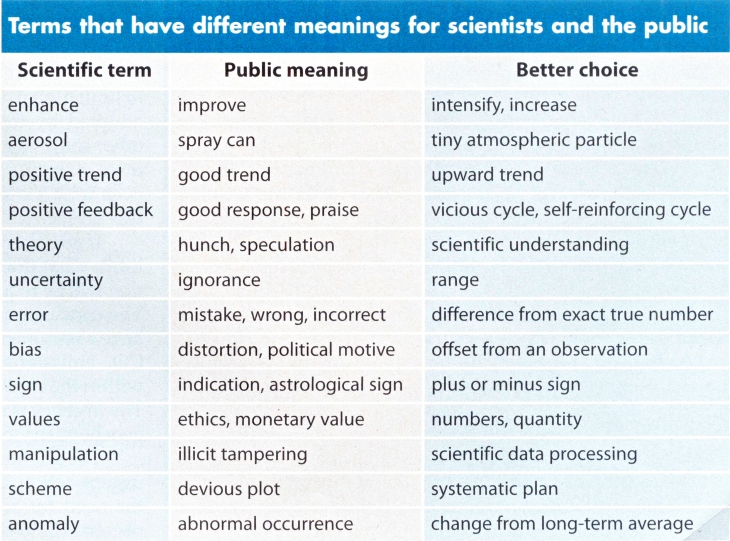
CREDIT: AMERICAN GEOPHYSICAL UNION
Figuring them out gave me an enormous leg up in my writing. Before, I got bored and frustrated reading scientific stuff because it’s larded with dependent clauses and passive voice, like this research paper gem: “It will be possible to process rice and produce high-grade silica in a single location with little or no carbon footprint.” That stuff just looks like bad writing to me. Reading it makes my skin crawl. But, when I learned to take a step back and view those phrases as scientific qualifiers rather than grammatical errors, I felt like I’d unearthed the Rosetta stone. Scientists use phrases like “it will be possible” and “in a single location” to explain that they can do what happened in the experiment only under the exact environmental conditions of the experiment. That realization gave me proper context for everything I read, and helped me keep focus in my writing. Even though the grammar gives me agita.
Added bonus: because I was able to do this, I earned an enormous amount of credibility with my sources AND editors. Win-win.
LESSON: Learn the language. Be a translator.
3. Share Your Stuff
Since this was my first year as a science blogger, it was also my first year promoting my content. Like I said in the intro, I treated myself like a professional business, and that meant talking about what I do. That was hard because I’m not the type of person who likes talking about herself. Kinda ever. But, as I was busy sharing other articles that I thought were cool, people kept asking me: “Aren’t you writing anything?” “Where can I read it?” In the process of solidifying myself as a business, pitching clients, and working out monthly burn rates, I’d completely forgotten that I have a whole network of friends and family who love me and want me to succeed — and who actually want to read my stuff. So, I took to promoting my own work about 20% of the time and sharing cool stuff I had no relation to 80% of the time. The ratio seemed to work, and it was really neat to see distant relatives and heretofore unknown science geek friends share my stuff. It was also super neat to see complete strangers pick up on it and excitedly engage with it, and me, across the web. That’s the exact opposite experience I had as a gaming blogger, where I got crucified for saying pretty much anything. But that’s another post.
In short, I had no idea I had an audience. And all I had to do to find it was share my content.

CREDIT: 20th CENTURY FOX
Granted, I’m still not great at this. While I’ve gotten great at the initial social media onslaught (and Buffer makes the scheduling super easy), I’m not so great at re-sharing my content. Doing that one thing would bring more traffic to my site than sharing it once. It would also generate more pageviews over time. Basically, sharing content repeatedly over time = business growth. I’m shooting myself in the foot by not doing that. That’s why I’m going to try to stick to this graph next year:

CREDIT: KISSMETRICS
LESSON: Share your stuff. More than once.
4. Whore out Your Credibility
I had pieces in both TIME and Popular Science this year – the latter of which I’d been working to get into for 3 years. I spoke to an astronaut – which made my 5-year-old self apoplectic with glee (seriously: I can almost die happy now). I spoke to other high-level people at NASA – including the Press Secretary, with whom I am now friends (because she’s wonderful. And AWESOME). I had an amazing, successful year. But that success did not lead to more gigs. Or higher profile gigs. Or anything at all.
Because I did not whore it out.
That was my single biggest failure this year. I’m kicking myself in the butt about it as I type this. In accordance with re-sharing my content, I need to be more shameless about discussing my successes and using them to knock down the doors of better clients. I plan on pinging colleagues who are better at this than I am to figure out a plan, but for now I recognize that I need to do better. Which is partially why I’m writing this piece right here.
LESSON: When you’ve got it, flaunt it.
5. Friends Are Everywhere
See: I have a friend at NASA. I made that friend by making a friend at a networking event. I made lots of friends this year, and they all turned out to be awesome – and amazingly helpful in different, unexpected ways. A social media analyst I pinged for help? Introduced me to the most helpful networking group on the planet. The receptionist at my coworking space? Gave me killer feedback on a web series that won multiple awards (see what I did there, with the success-whoring? I’m learning!). Random awesome lady I met a friend’s book launch? Hired me to write for one of her clients. An award-winning data scientist? My new bestie:
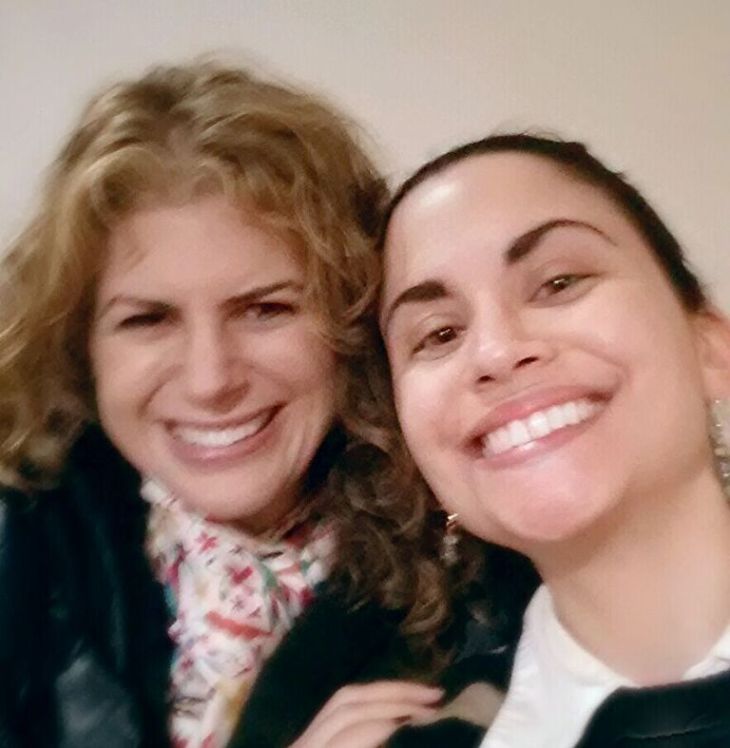
We’re adorable. Even though we’re blurry. CREDIT: LAURIE VAZQUEZ
Awesome people are everywhere. Be open and helpful, and you’ll find them. Simple as that.
LESSON: Make friends with everyone. You never know who will help.
6. Opportunities Are Everywhere
I always think I know where to look for stories – research papers, university news, pestering NASA. Yet, I am constantly surprised by where I find them. Like in a room full of physicists.
I spent a Saturday at the first ever Physics Hack-A-Thon back in the fall. Initially, I went only because it was held by a client and participating seemed like a good way to keep up the business. But what I found as I worked with researchers and science advocates to turn big ideas into crowdfunding campaigns was a hotbed of untapped stories. My new bestie’s experience in learning physics after forgetting algebra led to an article about how critical thinking skills can help you win at life. A researcher’s frustration with university funding led to an article about how universities allocate research dollars (coming soon!). A CubeSats builder’s experience pitching Silicon Valley led to an article about the tech world’s interest in space data – which ended up getting scrapped because investors are too busy to talk to little old me. But still: I got a whole bunch of story ideas just by doing a thing for a few hours. For someone whose livelihood depends on ideas, that’s priceless.
LESSON: Do things. And keep your eyes peeled.
7. Don’t Waste Time on People Who Don’t Matter
A paying client is not necessarily a good client. Again, seems obvious. But when you’re a freelancer and you’re having a lean month because a client’s check is late or a story fell through, the desperation of paying the rent sometimes overrides your better judgement. In this case, it means taking on clients you probably shouldn’t. You know the type: hyper complimentary of your work until you share your rates, unclear about their expectations, unhelpful with their criticisms, infrequent with their communication. Clients like that make me want to stress eat Oreos.
I eat enough Oreos. Believe you me.
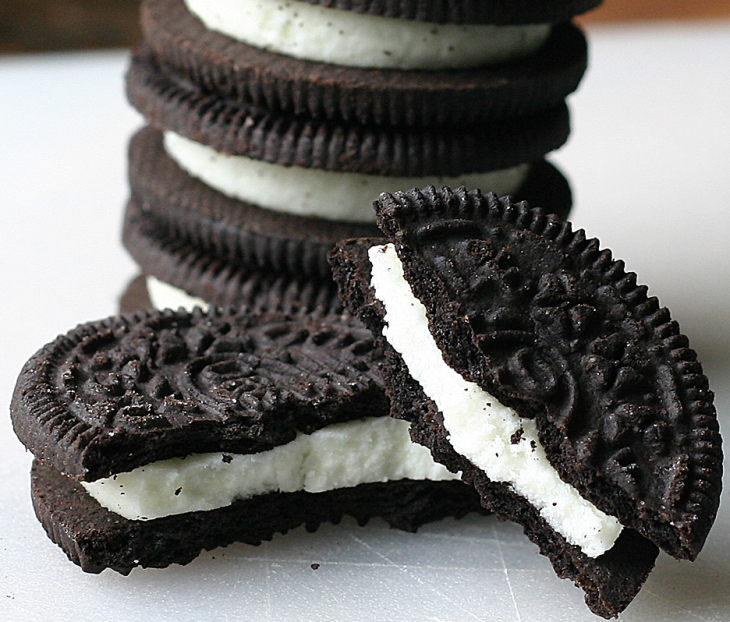
These things are basically crack. CREDIT: MONDELEZ INTERNATIONAL
While my responsibilities as a freelancer include teaching clients how to work with me, I’ve learned that clients I need to handhold through the process are usually more trouble than they’re worth. And not everyone responds to my kindness and check-ins the way I’d hope. I’m learning to let those folks go and focus on the clients who can get me work. That’s an infinitely better use of my time – and an enormous panacea for my sanity.
Even though I need to let go of a guaranteed paycheck. And to figure out a cash flow solution to replace it. My wallet is sad now. Time to eat Oreos!
LESSON: Don’t leave yourself vulnerable to subpar clients.
8. Blogging
Blogging is the thing that I do to earn a paycheck. I write content. I interview sources. I publish in respectable, established outlets. I draw readers and followers. I create social media posts and images. I promote. I read a ton of things to get better at it. Every. Single. Day. I am a professional.
Why the hell didn’t I do this before?!

Wow I’m a lot like Homer. CREDIT: 20th CENTURY FOX
I consider myself an aspiring film and television writer, so wearing the mantle of blogger is still strange to me. It’s been uncomfortable to own blogging as part of my identity, and makes me feel like a failed creative. But it’s also helped me think of myself as a professional and helped me own my skill and talent as a brand.
I never expected to find confidence in writing about science online.
I’m really happy I did.
LESSON: Own who you are.
9. I’m a Real Writer
Again, I tend to think of myself as an aspiring film and television writer (or failing, depending on the day). And I do work on those projects. But the bulk of my time is spent writing words. I convince strangers to pay me to write words for a living.
I’m a writer. And it only happened when I said it did.
I don’t doubt my skill or talent. I know I have it. And I work to improve it. But that doesn’t even matter. What matters, again, is that I own it. I stopped waiting for approval from others to confirm what I already do on a daily basis.
And so should you.
LESSON: Seriously: OWN WHO YOU ARE.

CREDIT: 20th CENTURY FOX
Which lesson will you use in the new year? Let me know in the comments below!
7 Productivity Lessons Learned While Cat-Sitting
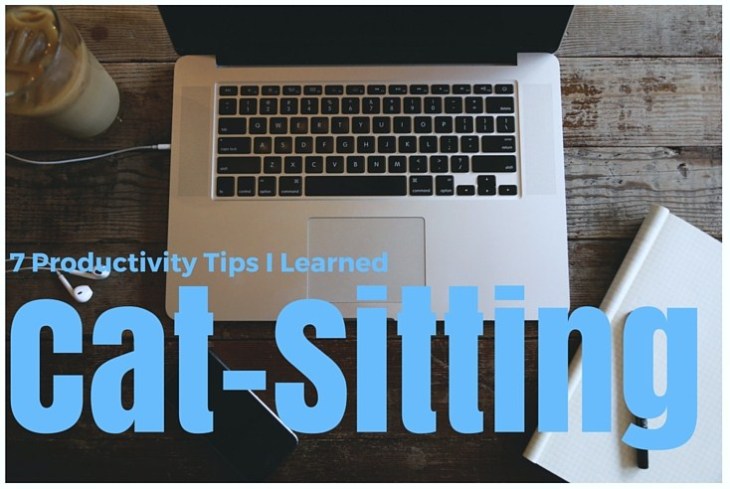
I am not a cat person. I don’t understand them, I’m allergic to them, and I think they’re creepy ’cause I can’t hear them move. I don’t think they like me, either, and that was completely fine by me – until I decided to cat sit for my boyfriend’s mother. Even though I am allergic. And the cat’s name is Trixie Stardust.
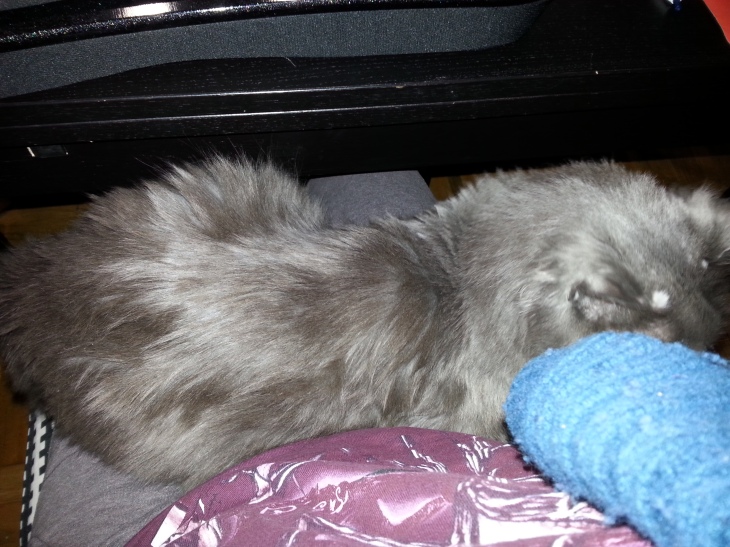
This is how much I love my boyfriend’s family.
All that said, after spending some time with Trixie, I’ve learned some surprisingly useful things about productivity:
1. Cat Naps
Naps are wonderful. 20-30 minutes of napping can improve everything from mood to performance – but try telling me that when I’m exhausted and on deadline. As I yawned 2 hours from deadline and prayed for my fingers to type faster, I looked over at Trixie napping on the couch and thought “That looks like a great idea.” I curled up on the opposite side of the couch and did the exact same thing. The cat looked at me for a moment, perplexed, then went right back to sleep. I woke up 20 minutes later with a refreshed brain and felt better than I had all day – and, of course, nailed the deadline. Thanks, cat!
2. Don’t Worry About Unimportant Stuff
Cats have few responsibilities. As I fed, cleaned, and took care of the cat, I noticed that Trixie spent all her time either sleeping or grooming. That made me think that she wasn’t wasting time on things that weren’t important to her. It reminded me not to waste time on stuff that distracted me from my work (Facebook, Twitter, vacuuming after the cat). Also, I don’t have to waste time on the mundane tasks associated with freelancing — billing, email outreach, source notification — if I don’t want to. There are people who can take care of that. Just like how I took care of the cat.
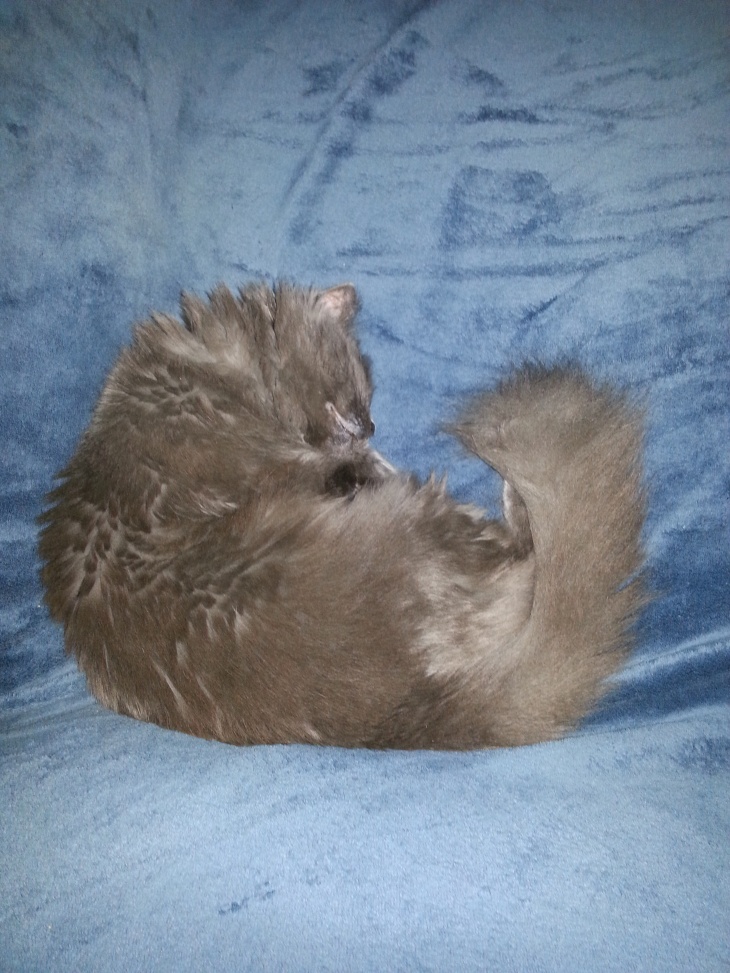
3. Spend Just Enough Time on Everything
I feel like I never spend the right amount of time on anything. From spending too little time searching for gigs to spending too much time researching space technology for a story, I always feel like everything takes too long. The cat has no such qualms. Trixie does everything for just as long as she feels like doing it. Want a petting? Nudge my arm! Want me to stop? Bite me! (that was a narrow miss; I learned to stop sooner after that). Want a nap? Collapse on the couch. Basically, if this cat indicates what she wants when she wants it, then I can do the same. I can spend just enough time researching something, then close the browser window. I can set a timer to research potential leads. The only thing I can’t do is flounce my tail majestically.
4. Trust the Right People
Trixie did not take to me right away. Since I work from home, that meant she had to get used to seeing me all the time – and vacuuming after her, because I am allergic. After a few days of sulky glances, she gloomily accepted me as a sort of walking natural disaster and let me pet her. After that, well:
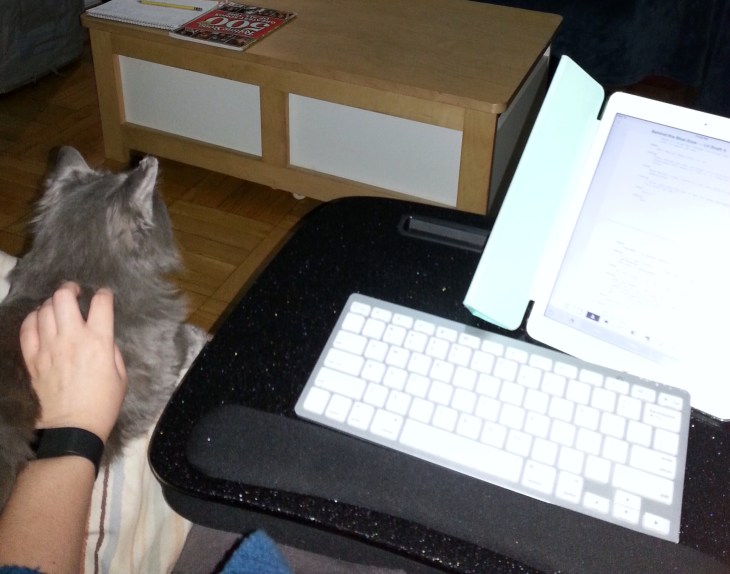
Turns out that what the cat was really doing was sussing me out. Watching me. Noticing that I fed her, cleaned her box, and petted just when she wanted – even though I broke out the Big Bad Vacuum. Trixie took the time to get to know me by my actions before trusting me, and that’s a great rule of thumb for building any relationship. Itching for a promising new client to respond to your pitch? Wondering if that praise from an eager client is too good to be true? Wait it out. It may seem counterintuitive – especially if you need the work – but the way a client responds to you is more indicative of a working relationship than any amount of glowing praise. Take however long you need to figure someone one out. Protect your space. You can even purr with contentment if you want.
5. Keep Your Eyes on the Prize
Trixie does the weirdest thing: sometimes, she sits in front of the door and just stares at it. But when I came through that door after making a grocery run, she trotted over to me and purred up a storm. Turns out the cat wasn’t crazy. She was focused on the people who would walk through that door and make her happy. Seeing the cat do that reminds me that I need to keep my own goals in sight be they professional (writing for NASA) or personal (going to the gym 3x a week). I need to stay focused on those goals. Even if it looks super weird.
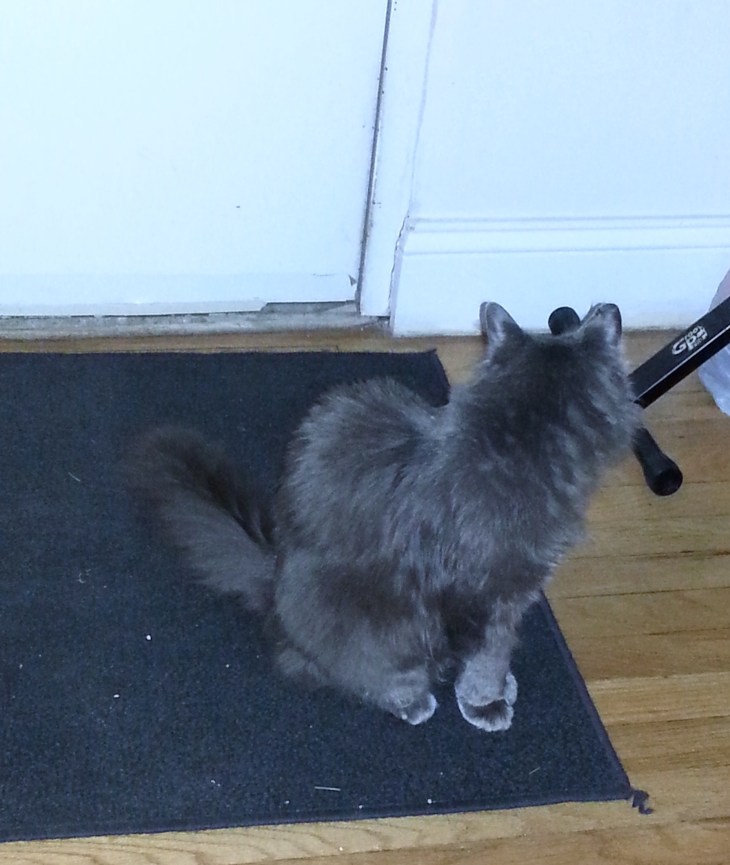
6. Tell People What You Want
Cats meow in different ways to communicate their needs. I’m learning the difference between Trixie’s “Pay attention to me!” meow (her most common) and her other meows. Particularly the sad ones that make me think we’ve adopted a crying baby. The cat is communicating clearly and telling me what she wants when she wants it. I try to exercise this same skill with clients, and cat-sitting has given me both a good reminder of its importance as well as ample opportunity to practice. Especially with clients who don’t.
7. There’s always an escape route
Trixie hates the vacuum. HATES it. Spins in circles and darts to the furthest end of the apartment whenever I turn it on hates it. The thing that amazes me about her behavior — other than how funny I find it — is that she always finds a new path through the apartment. No matter how many times I shoo her off the couch or away from my desk, Trixie will find a shortcut that I never noticed was there. She’s a regular escape artist — and that reminds me that there’s always an escape route. No matter how trapped I may feel by a client or a gig, or even by being stuck in an apartment with a cat that makes me sneeze, there is always a way out. I just have to look. And, possibly, run away from the vacuum.
I still don’t consider myself a cat person. But I’ve grown to love this little furball. And I think the feeling’s mutual: I’ve woken up more than once to find her purring happily against me. Despite the fact I do things like wake her up to take a picture of her napping because I find her expression hilarious:
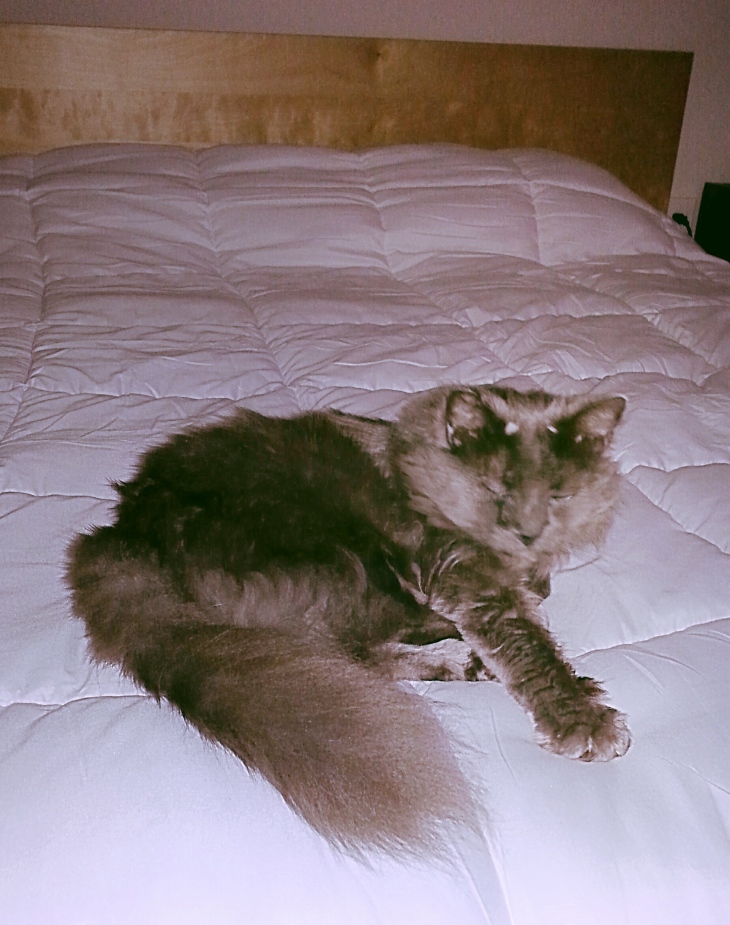
I know I shouldn’t love teasing the cat. But, during a break, it really is the most productive use of my time.
